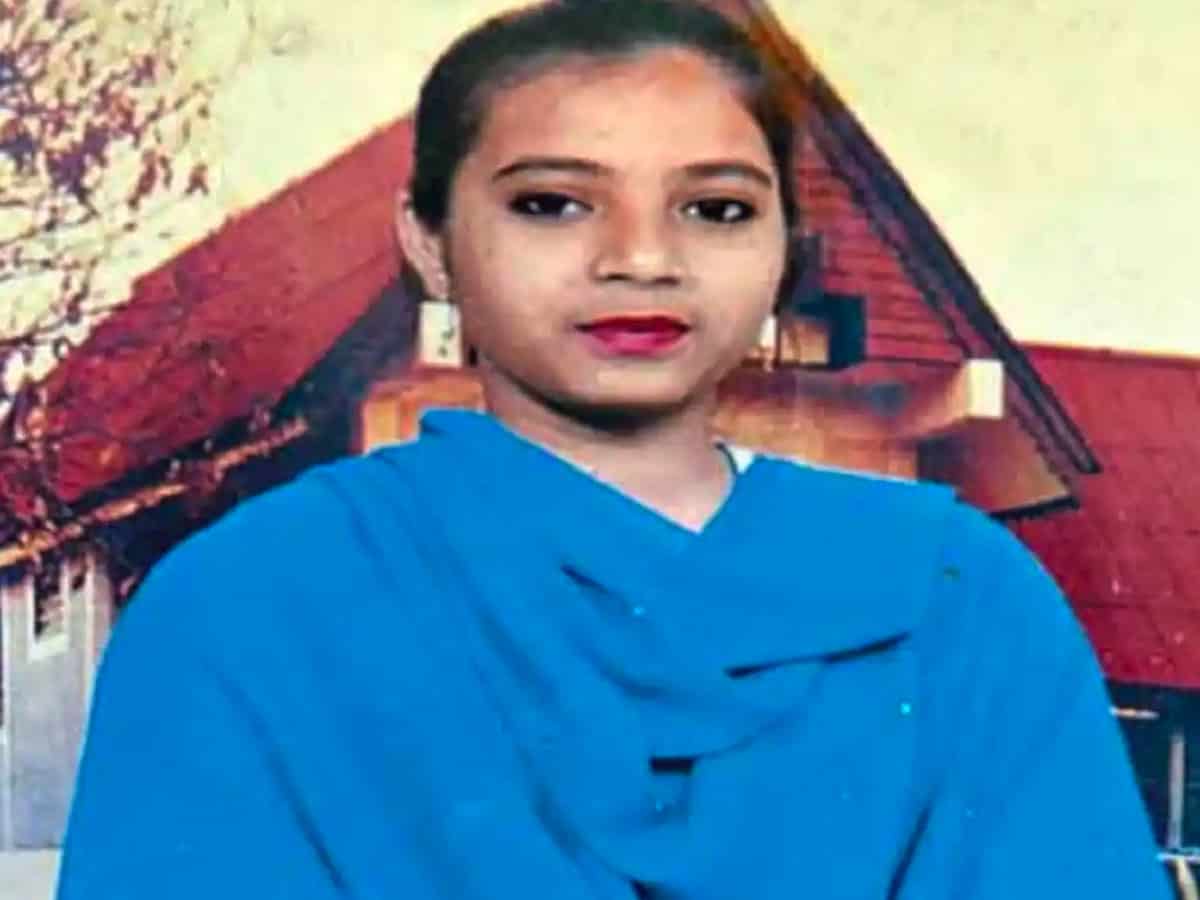Ahmedabad: A Special CBI court in Ahmedabad on Wednesday (31st March) discharged three policemen accused including Inspector General of Police G L Singhal in the 2004 Ishrat Jahan Encounter case.
Earlier, in this very matter, former IG DG Vanzara, PP Pandey, and NK Amin were discharged and now the CBI special judge Vipul R. Raval discharged IPS officer GL Singhal, retired cop Tarun Barot and SRPF commando Anaju Chaudhari.
Significantly, with this discharge order, all six-accused policemen (out of a total of 7 policemen) who were initially arrested and charge sheeted by CBI in relation to the alleged ‘fake’ encounter case have been let off by the special CBI court without trial
Facts in brief
The applicants (IPS officer GL Singhal, retired cop Tarun Barot and SRPF commando Anaju Chaudhari) preferred an application praying that they may be discharged in connection with the offenses registered at CBI Special Crime Branch, New Mumbai.
The case was registered against them for the offence punishable under sections 121(B) read with sections 341, 342, 343, 365/, 368, 312 and 211 of the Indian Penal Code and section 25/(1)(e) and 27 of the Indian Arms Act.
They prayed that proceedings be dropped against them and they be discharged on the ground that the Government had declined prosecution sanction against them.
It was argued that the sanction under section 197 of the Criminal Procedure Code was required and when the Government had declined the prosecution sanction then all the accused, were entitled either to discharge or the proceedings against the accused were required to be dropped.
Court’s observations
At the outset, the Court noted that the records and reports received from the C.B.I. were carefully and thoroughly examined by the Home Department and thereafter, order of refusal of sanction was passed based on the entire material belonging to the case.
Significantly, the Court noted,
“The order is passed with the application of mind and Government has also come to the conclusion that the offences committed by the present applicants are such which have been committed while discharging their official duties as police officers and also the investigation against the accused is not proper and there is no evidence against the accused.”
The Court also noted that the Central Government, Government of Gujarat and Police Agencies of other States had accepted that out of 4 persons allegedly killed in the encounter, 2 were admittedly Pakistani nationals having entered into Indian territory illegally.
As stated by the authorities, they were Lashkar-e-Toiba (LET) operatives and they had entered the State of Gujarat with a view to carry out a massive terrorist operation including the assassination of some important leaders as a module of terrorist operation of LeT.
In fact, the Union Home Ministry, vide an affidavit pointing out that Ishrat Jahan was also a LeT operative (which became evident from the interrogation of David Headly of United States of America’s FBI that she was a suicide bomber) along with the other three persons.
Court’s remarks on the Role of accused police officers
Significantly, the Court noted that based on the intelligence input, which was based on ‘sound, solid and correct information, Gujarat Police was required to keep watch and supervision on the movement and activities of the above said 4 persons.
Noting that they were not ‘simple and ordinary offenders’, the Court remarked,
“Number of antinational and terrorist activates were spread all over India, more particularly in Gujarat State. Being high rank police officers, it was their boundant duty to take necessary steps in order to maintain law and order.”
Stressing that there was no question of any fake encounter on the part of any such police officer, the Court observed that seriousness and gravity of information cannot be ignored by high rank police officers and that they are always dedicated to their duties.
The Court also stated that looking at the material found from the Indica Car, it was established that the information was correct, sound and there was a substantial force in the information.
“Therefore, these 4 persons were required to be prevented from all these aforesaid activities,” added the Court.
In all these circumstances, the Court opined that all the high-rank police officials of Gujarat State were answerable to the public at large and government also.
Therefore, the Court held that,
“The act which is alleged to have been done by the accused was in discharge of their duties or purported to be in discharge of their duties.”
Lastly, noting that when the court earlier observed that the act of accused was while discharging official duties, nobody challenged the order, the Court said,
“There is nothing on record even prima facie to suggest that the victims were not terrorists, the I.B. inputs were not genuine.”
About Ishrat Jahan Encounter
On June 15, 2004, Ishrat Jahan (a 19-year-old woman from Mumbai) was killed along with Javed Shaikh, Amjad Ali Akbarali Rana, and Zeeshan Johar by Gujarat police in an encounter near Ahmedabad.
The Police had claimed that all four were terrorists, who had plans to assassinate the then Gujarat Chief Minister, Narendra Modi, however, a high court-appointed Special Investigation Team had later on concluded that the encounter was fake, after which the CBI had proceeded to register a case against various police officials.

